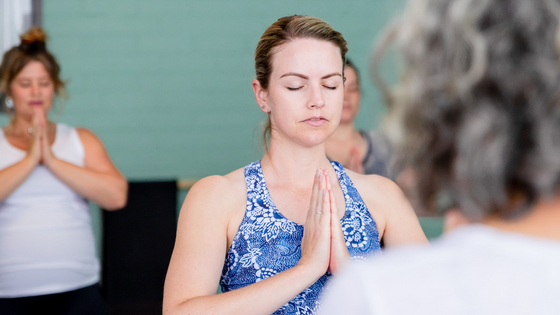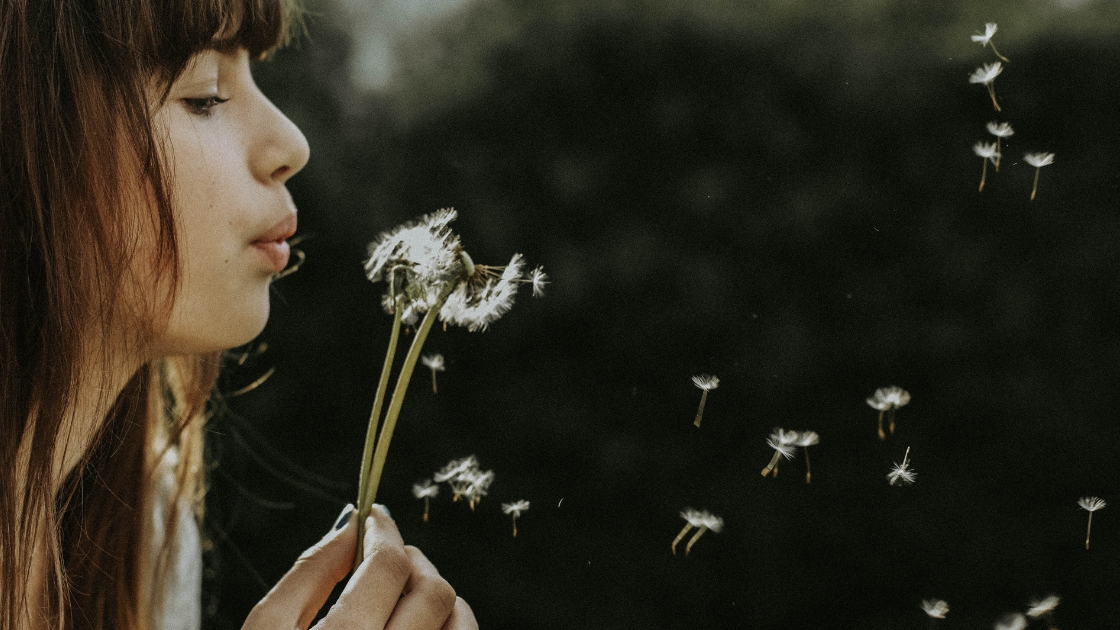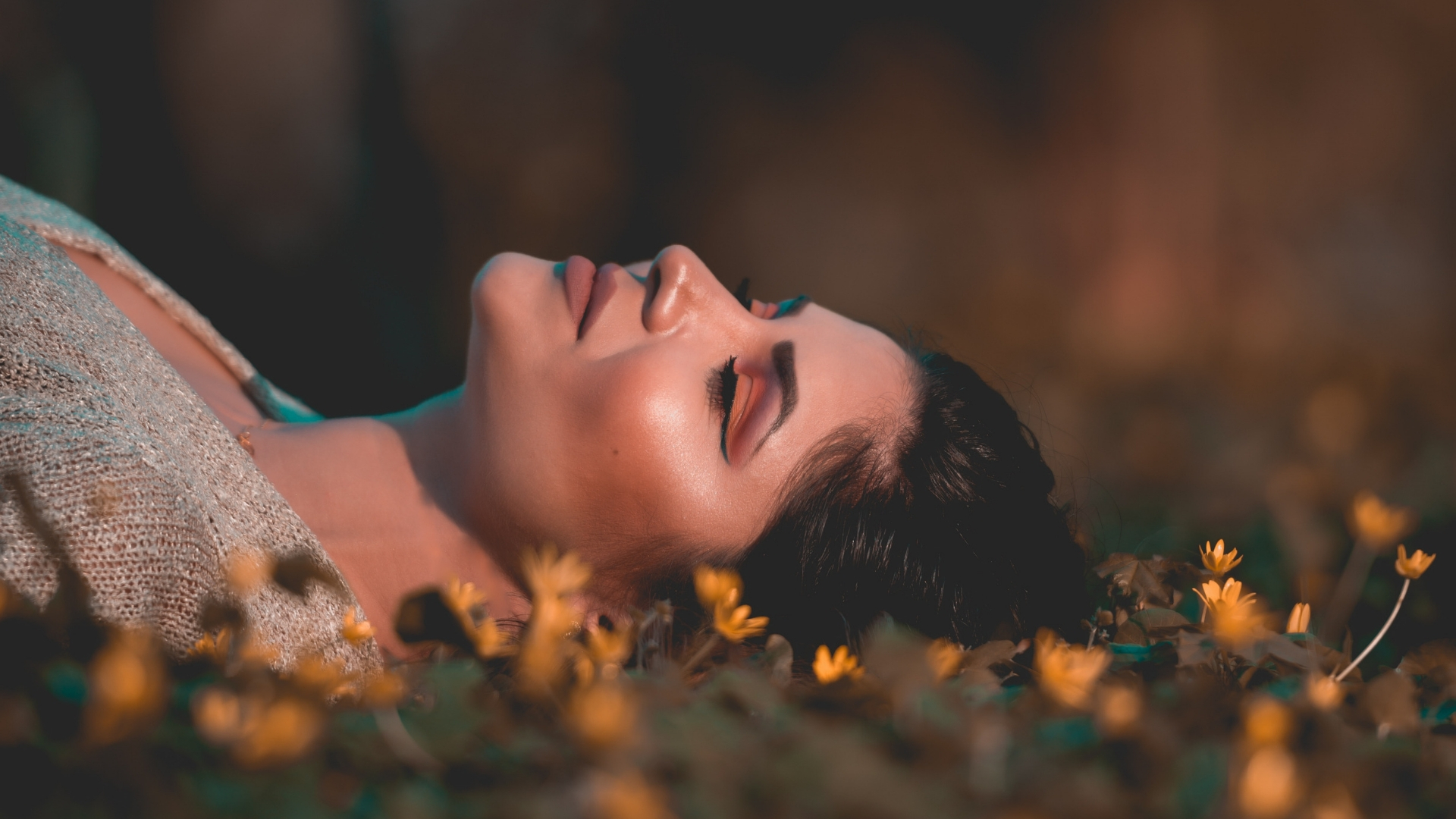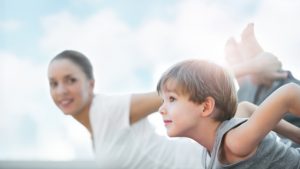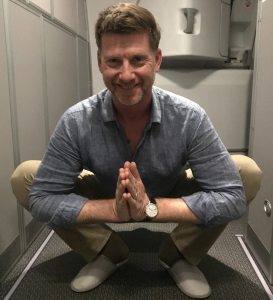by Jaccy
We all know the importance of sleep. Even without understanding all the processes and systems in our body that benefit, we know that too little sleep leaves us feeling blah. Too little sleep and you might feel drowsy, foggy, heavy eyes. The right amount of sleep and you wake up feeling rested, positive, energised for the day ahead.
Ensuring we have the right amount and quality of sleep helps our body to heal, it supports the immune system and helps with learning and memory. It can help wth health and longevity, stimulate your creativity and lower your stress.
Did you know there’s over a third of adults in our country who have inadequate sleep? A 2016 study by The Adelaide Institute for Sleep Health revealed that 33-45% of Australian adults, across all age groups, experience daytime consequences from not enough or low quality sleep. If you too feel as though your sleep quality could be improved, here are some healthy, yogic ideas to help you create positive sleep habits!
Breathing
Lying on your back, close your eyes and start to direct your breath into your belly. “Watch” (with your eyes closed) and feel your navel slowly rising… and slowly falling. Belly breathing can help to lower the effects of cortisol, lower your heart rate and lower your blood pressure.
Quieten the mind
Meditating can help you to relax before drifting off to sleep. After a few rounds of belly breathing, allow your attention to float back to the breath. Sitting or lying, allow your attention to stay with the inward and outward flow of your breath. After a few minutes, release your inner attention and notice any sensations that arise.
Another great practice to find inner quiet is through yoga nidra (yogic sleep, a guided visualisation).
Relax the body
Yin is the best pre-sleep yoga! Longer holds in poses gives us more time to find all the places where you are holding on and allow these to release. Dedicate ten minutes before bed each night to move through these relaxed and familiar postures. This will allow your body to find stillness and peace within.
Balasansa – child’s pose. Big toes touching, knees any comfortable distance apart. Breathing out, walk your hands in front until you are in your forward bend and relax your elbows on the floor.
Paschimottanasa – forward bend. Feet together, knees bent. As you breathe out, slowly allow your body to melt forward, belly towards thighs. You can take chin to chest if this feels good, close your eyes and let your hands relax on the floor.
Viparita karani – legs up the wall. Sitting with your hip against the wall, swivel so your spine is on the ground and your legs are resting on the wall. Bed head, couch, or chair are also great alternatives to rest your legs on 😊
Essential oils
If you’ve been to class with us, you will have already experienced the benefits of essential oils. Nature has provided us with many options to help us sleep so you can find the ones that work best for you.
Our favourite oils are Lavender and Vetiver applied to soles of the feet, pulse points and chest before heading to bed. Other oils to explore are ylang ylang, patchouli, cedarwood and frankincense. Apply the oils to your body, mist onto your pillows or diffuse in your room. Essential oils help to create an environment of deep tranquility and relaxation.
Ready to explore?
So how do you learn more? Join us at class 😊
Our most popular Masterclasses are the sleeping inspired ones! We learn about relaxing, meditation and yoga nidra, and you can find more details on what’s on here.
Each month we have sleep and stress support classes that focus on using essential oils. You will learn about and can take home essential oils to help you experience restful sleep. Check out our next dates here.
And if you’d like a little Yin, we have classes during the week (see our Class Menu) for your regular inspiration.


